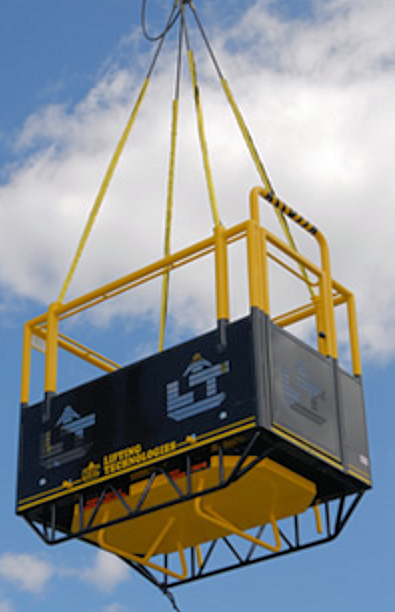Trial Lift and Inspection
A trial lift with the unoccupied personnel platform loaded at least to the anticipated liftweight must be made from ground level, or any other location where employees will enter the platform, to each location at which the platform is to be hoisted and positioned.

Where there is more than one location to be reached from a single set-up position, either individual trial lifts for each location, or a single trial lift, in which the platform is moved sequentially to each location, must be performed; the method selected must be the same as the method that will be used to hoist the personnel.
Immediately after the trial lift, a competent person must visually inspect the equipment, base support or ground, and personnel platform to determine whether the trial lift has exposed any defect or problem or produced any adverse effect. Any condition found during the trial lift and subsequent inspection that fails to meet a requirement of this standard or otherwise creates a safety hazard must be corrected before hoisting personnel.
Proof Testing
Prior to hoisting employees on the personnel platform, and after any repair or modification, the platform and rigging must be proof tested to 125 percent of the platform's rated capacity. The proof test may be done concurrently with the trial lift. Personnel hoisting must not be conducted until a competent person determines that the platform and rigging have successfully passed the proof test.
Knowledge Check Choose the best answer for the question.
5-4. Prior to hoisting employees on the personnel platform, and after any repair or modification, the platform and rigging must be proof tested to _____ percent of the platform's rated capacity.
You forgot to answer the question!
